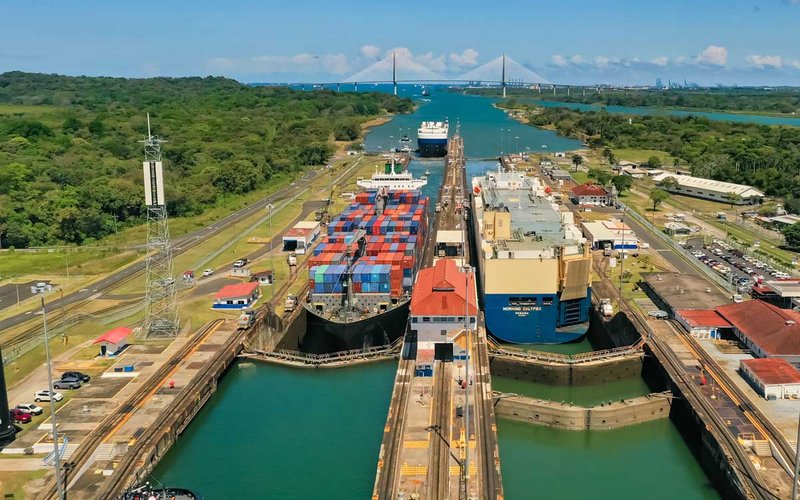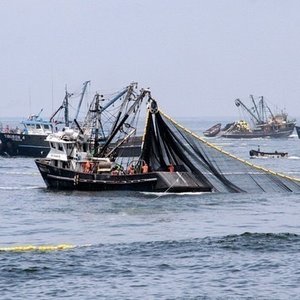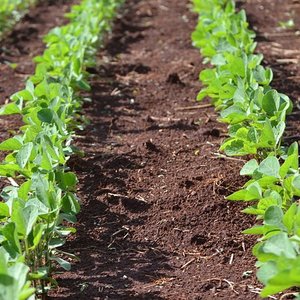Shipping products by sea is expected to become more expensive in 2024 due to conflicts in the Middle East and restrictions on the Panama Canal.
Maersk announced that it would pause all vessels bound for the Red Sea/Gulf of Aden in light of the recent incident involving Maersk Hangzhou and ongoing developments in the area. The Yemen-based Houthis rebels, who control most of Yemen, have been targeting Red Sea shipping routes to show their support for Hamas. They have vowed to continue attacks until Israel halts the conflict in Gaza.
“The situation is constantly evolving and remains highly volatile, and all available intelligence at hand confirms that the security risk continues to be at a significantly elevated level. We have therefore decided that all Maersk vessels due to transit to the Red Sea/Gulf of Aden will be diverted south around the Cape of Good Hope for the foreseeable future,” the company said in a press release.
The attacks have been seriously disrupting international commerce on the key route between Europe and Asia which accounts for about 15% of the world's shipping traffic. Hapag Lloyd has also paused transit via the Suez Canal routing its vessels via the Cape of Good Hope. Retailers across the world have also been stocking up on goods before China's Lunar New Year holiday and seeking air or rail alternatives to avoid empty shelves this spring, Reuters reported.
Vessel transit restrictions in Panama
The Panama Canal has been suffering restrictions in vessel transits in 20213 in response to the challenges posed by the current state of Gatun Lake, which is experiencing unusually low water levels for this time of the year due to the drought induced by El Niño.
October 2023 marked the driest October on record for the Canal Watershed. In anticipation of a potential worsening of the situation in November and December, initially, the decision was made to adjust the number of daily transits to 22 in December, 20 in January, and 18 in February. As rainfall and lake levels for November proved to be less adverse than expected, daily transits have been increased to 24 in January. This year marks the first time the canal has ever had to restrict transits.
The Panama Canal is a major thoroughfare for U.S. grain exports, shortening the voyage from export terminals at the U.S. Gulf Coast to major importers in East Asia. Wait times for bulk grain vessels increased from five to seven days in October to around 20 days in late November, Reuters reported. Options include sailing south around South America or Africa or transiting the Suez Canal, all longer routes that elevate shipping costs.
Ukraine exports improved
Ukraine exported 4.8 million metric tons of food via its Black Sea corridor in December surpassing the maximum monthly volume exported under the previous UN-brokered grain deal, Reuters reported. Prior to Russia’s invasion in 2022, Ukraine exported about 6 million tons per month via the Black Sea. It now relies on the corridor along its western Black Sea coast near Romania and Bulgaria, its ports in the Danube River and exports over land via eastern Europe.










